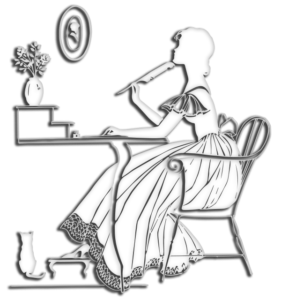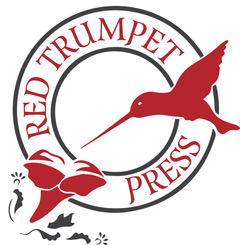Today I’m wrapping up my “alphabet soup” of interesting tidbits related to my novel The Depth of Beauty:
V is for violence …and vitality
Imagine up to thirty thousand people, living in a ramshackle neighborhood no larger than fifteen city blocks. Population estimates vary, but generally, that was the case in San Francisco’s Chinatown around 1900. Why was it so crowded? Because of anti-Chinese laws and attitudes, many immigrants faced hatred and violence if they tried to live in other parts of the state, and when they moved to San Francisco to be nearer their own people, Chinatown was the only place they were allowed to live. Despite such repressive conditions, the Chinese flourished. They became economically indispensable because they were willing to take on many jobs that non-Chinese workers simply weren’t willing to do. (Sound familiar?) They found ways to prosper and proved their worth time and time again, so that after the 1906 Earthquake, when Chinatown was virtually destroyed by fire, those who were anti-Chinese failed in their attempt to force the immigrants out of town. Instead, the city rebuilt Chinatown in the same downtown location, where it has remained an inseparable part of San Francisco to this day.
W is for Wu Jade
Wu Jade is a pivotal character in The Depth of Beauty because she represents both the old traditions of China and the changes which helped turn China into a modern nation. When we meet Wu Jade she has come over to America as a mui tsai, or slave girl, to a lotus-foot woman named Tam Shee. Thanks to Will Firestone, Wu Jade is given her freedom and begins to work for her former owner as a trusted employee. During the course of the story she takes over the Chinatown School for Needle Arts and becomes the face of the New China.
X is for Xenophobia – Y is for Yellow Peril
The word “xenophobia” comes from the Greek word “xenos,” which means stranger, guest or foreigner, and “phobia,” which means “fear.” So, if you are xenophobic, you really don’t like people that you perceive as strange, different, or foreign. It’s safe to say that between the mid nineteenth century and the 1940’s, a large number of San Franciscans were xenophobes when it came to Chinese immigrants. Fortunately that isn’t the case today.
The expression “Yellow Peril” was used a great deal in late nineteenth and early twentieth century writings to justify westerners’ xenophobia, i.e. their anxiety over the rise of Asians on the world stage. Reports have it that German Kaiser Wilhelm II first used the term to describe Japan’s defeat of China in 1895. The fear of a militaristic Japan spread to concerns over an even more powerful China. That, combined with hatred of Asian immigrants in the U.S. made relations pretty tense between the East and the West. Jack London, known today for his adventure fiction (e.g., Call of the Wild), was a well-known correspondent during the 1904 Russo-Japanese War. He wrote a now-famous essay called “The Yellow Peril,” but it wasn’t an anti-Asian screed. Instead he described the Japanese, Chinese and Korean cultures and mindset as he perceived them, noting that the West was in denial and ought to wake up to the coming shift in worldwide economic and military power. He advised us to open lines of communication with our Asian counterparts because they were indeed on the rise. London passed away in 1916, but his words turned out to be prophetic, as evidenced by Japan’s aggression and the attack on Pearl Harbor in 1941.
Z is for Zhong Guo
“Zhong Guo” is the Chinese word for “China.” It means “central nation,” which is in keeping with China’s traditional view that it is the center of the world. The term was first introduced more than three thousand years ago during the Zhou Dynasty, and is still used today. The Chinese culture—beautiful, puzzling, always fascinating—plays a major role in my novel The Depth of Beauty. I hope these “ABC’s” have given you a taste to learn more about it.






